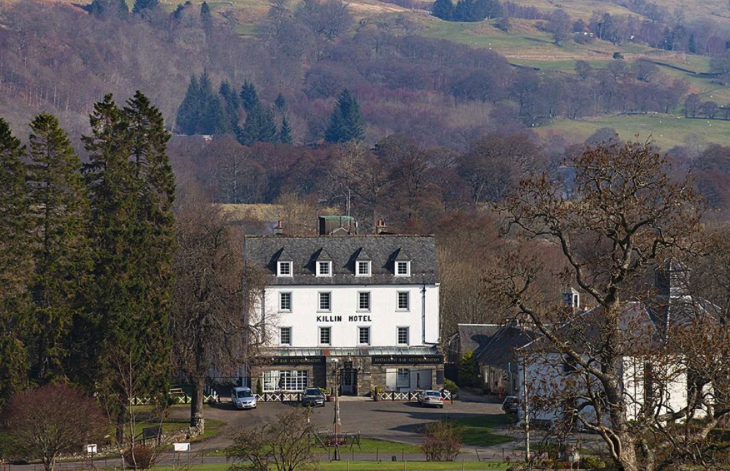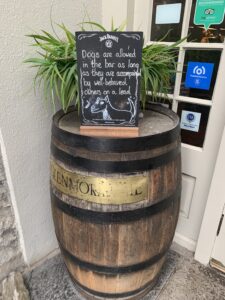Approximately 40 wildland firefighters continue to fight off the 24-acre Kolob Terrace Fire, in Hop Valley, Zion National Park. https://www.nps.gov/zion/learn/news/update-wildland-firefighters-continue-to-address-kolob-terrace-fire.htm

The Killin Hotel is situated in the central Highlands of Perthshire at the west end of Loch Tay. 35 Rooms, three restaurants, riverside location and affordable meals.
Before there was a Church, or any history, another race inhabited our Glens – a race whose origins have been lost, and whose very existence is only proved by the numerous tools, weapons and ornaments of stone and bronze that have been dug up at various times. There are also examples of mysterious cup-markings on rocks and stones. Near Kinnell, the ancient seat of the Macnabs, there is a particularly well preserved Stone Circle. Who were they, these “silent, vanished races” whose only memorial is carven on the imperishable rocks? What was their way of life, and who or what their gods?
The clan which is reckoned to be the oldest in Scotland, Clan Alpine, had a close connection with the district, but they early fell foul of the Campbells, and their courage was no match for the Campbell guile, with the result that one by one their lands fell into the hand of the spoiler, till finally their very name was proscribed and they became in very sooth “Children of the Mist”. Seven miles up Glendochart there stands near the road the gable-end of a house which was once the home of Rob Roy and from which for a time he carried on his trade of droving. Also, inspite of old enmities, he acted for a time as bailiff on the Argyllshire estates of the first Lord Breadalbane. The appointment however did not last long, and Rob took to less peaceable occupations, but he must have been a familiar figure in his day to the folks of Killin and its neighbourhood.
The Jacobite Risings
The various wars and risings which rent Scotland during the 17th and 18th centuries brought their share of trouble to Breadalbane. In 1645, the time of the Civil War, Montrose and the wild host that followed him swept through the country with fire and sword, leaving devastation behind them. Later in 1654 General Monk, fulfilling his mission of quelling the rebellion in the Highlands, placed garrisons in Finlarig and Taymouth. In 1715 the men of Breadalbane “came out” on the side of the Stuarts and played a gallant part at the Battle of Sherriffmuir: but at the time of the ’45 any tendency to rally again to the Stuart cause was sternly suppressed by Lord Glenorchy, son of the aged 2nd Earl, and as a consequence Breadalbane escaped the cruel reprisals imposed on those parts of the Highlands where the clansmen had supported Bonnie Prince Charlie.

 Killin Hotel has established its fine reputation on a friendly smile, relaxed service, great Scottish food and comfortable bedrooms. The Killin Hotel now offers 35 comfortably decorated bedrooms including the beautifully romantic Lochay four poster suite which overlooks the River Lochay toward the Tarmachan Ridge. Killin Hotel now also has five Annex Rooms directly next to the hotel offering a variety of occupancy levels up to six people in one room.
Killin Hotel has established its fine reputation on a friendly smile, relaxed service, great Scottish food and comfortable bedrooms. The Killin Hotel now offers 35 comfortably decorated bedrooms including the beautifully romantic Lochay four poster suite which overlooks the River Lochay toward the Tarmachan Ridge. Killin Hotel now also has five Annex Rooms directly next to the hotel offering a variety of occupancy levels up to six people in one room.